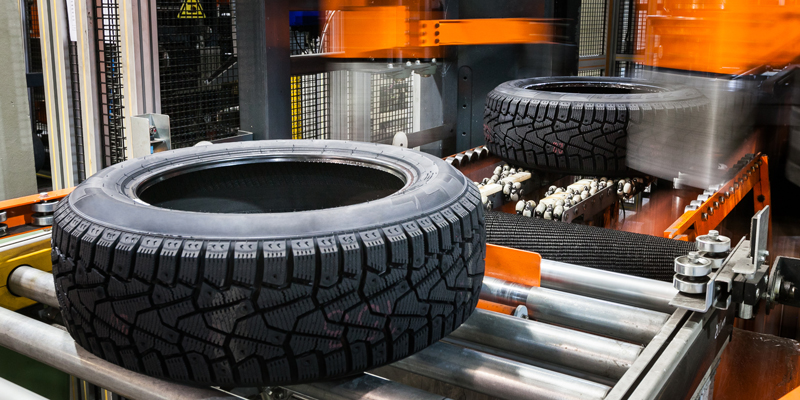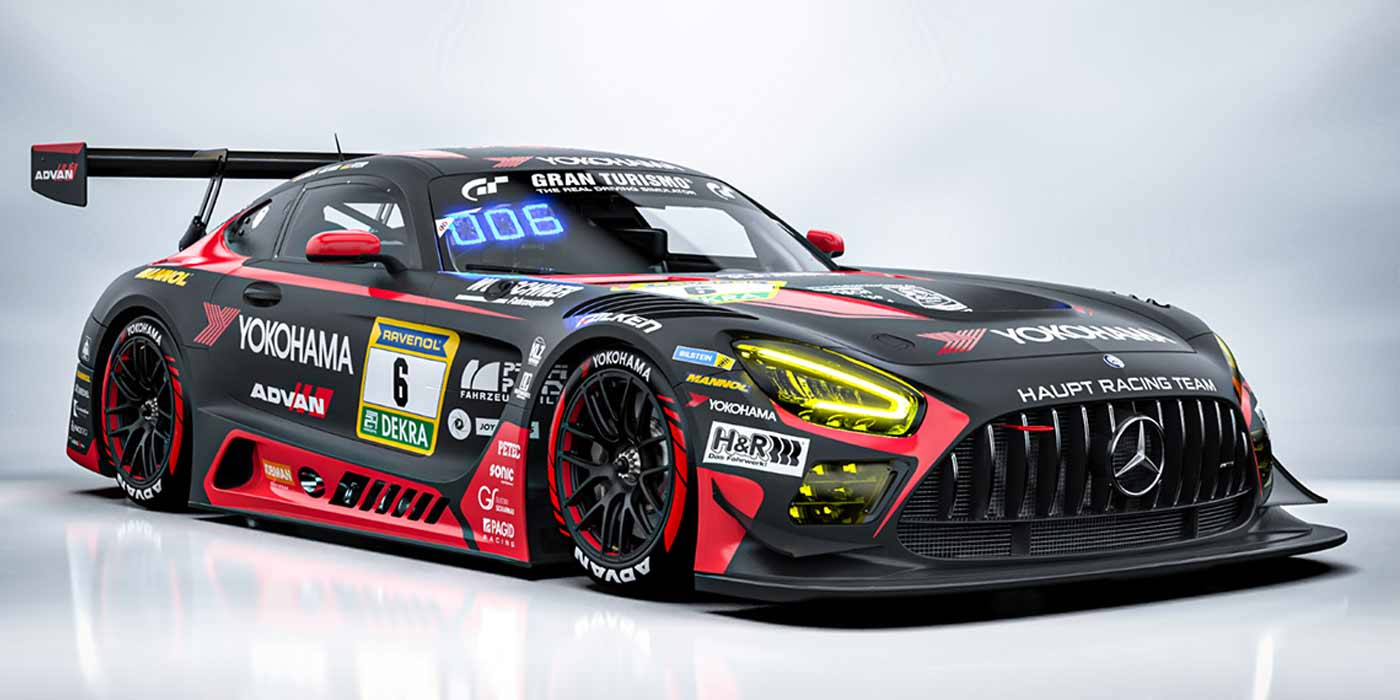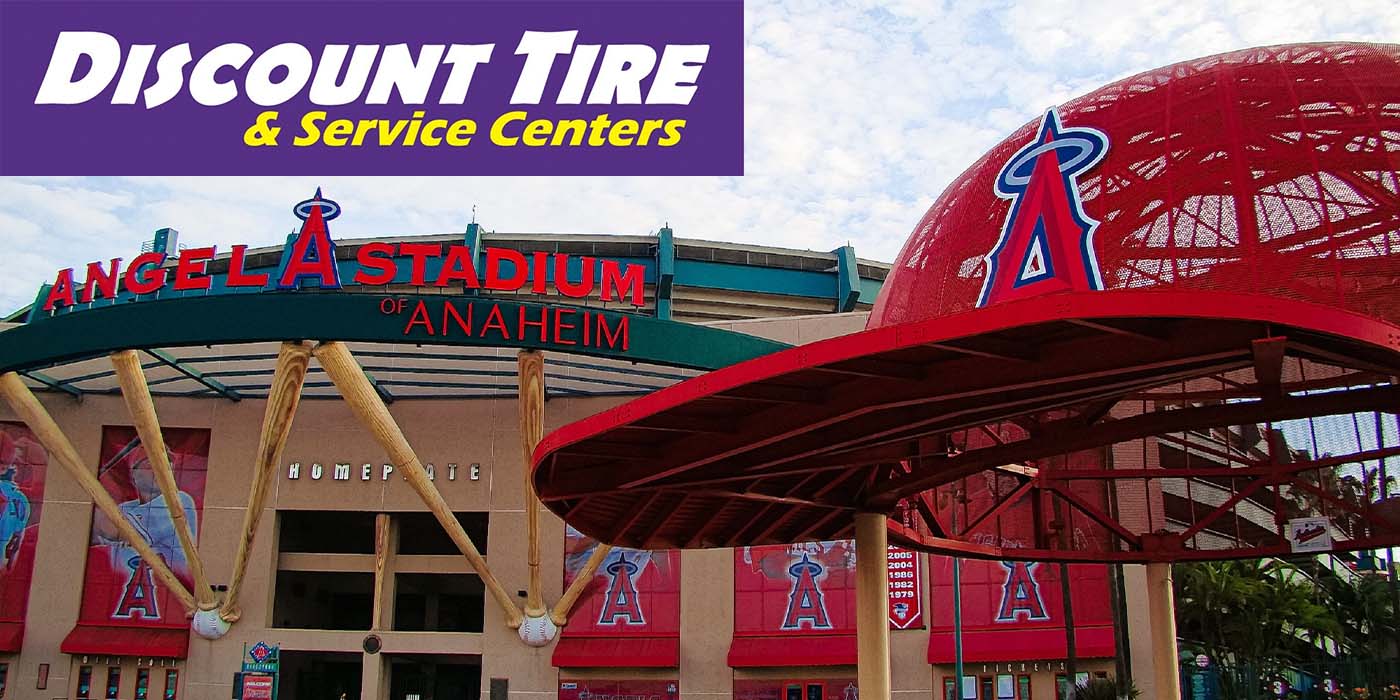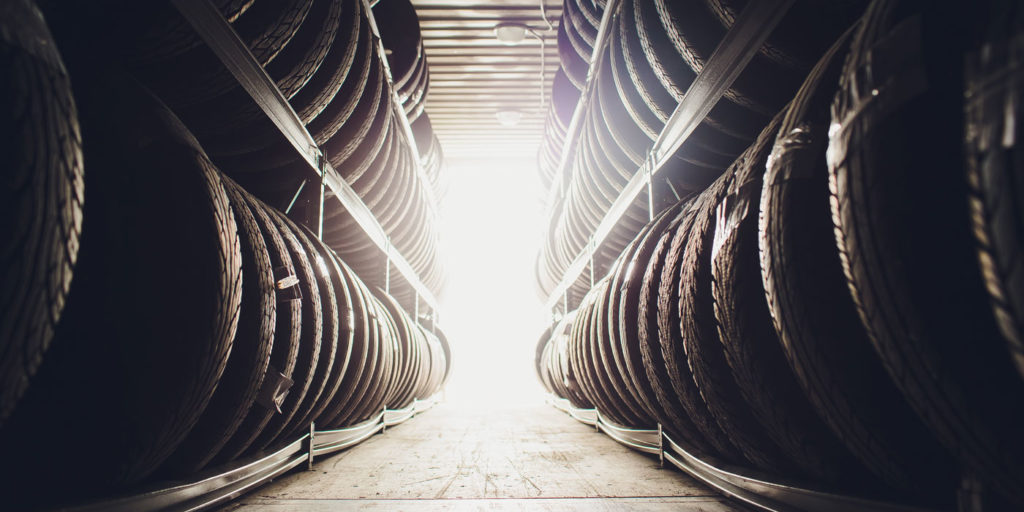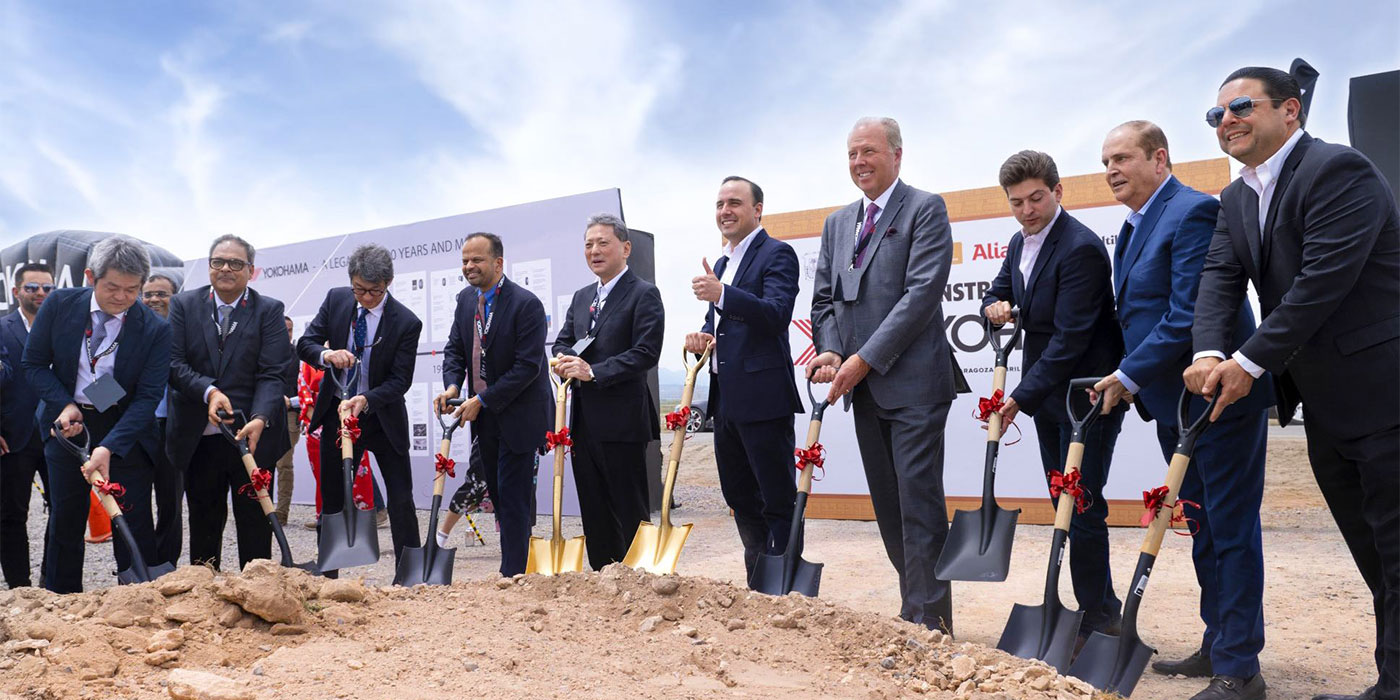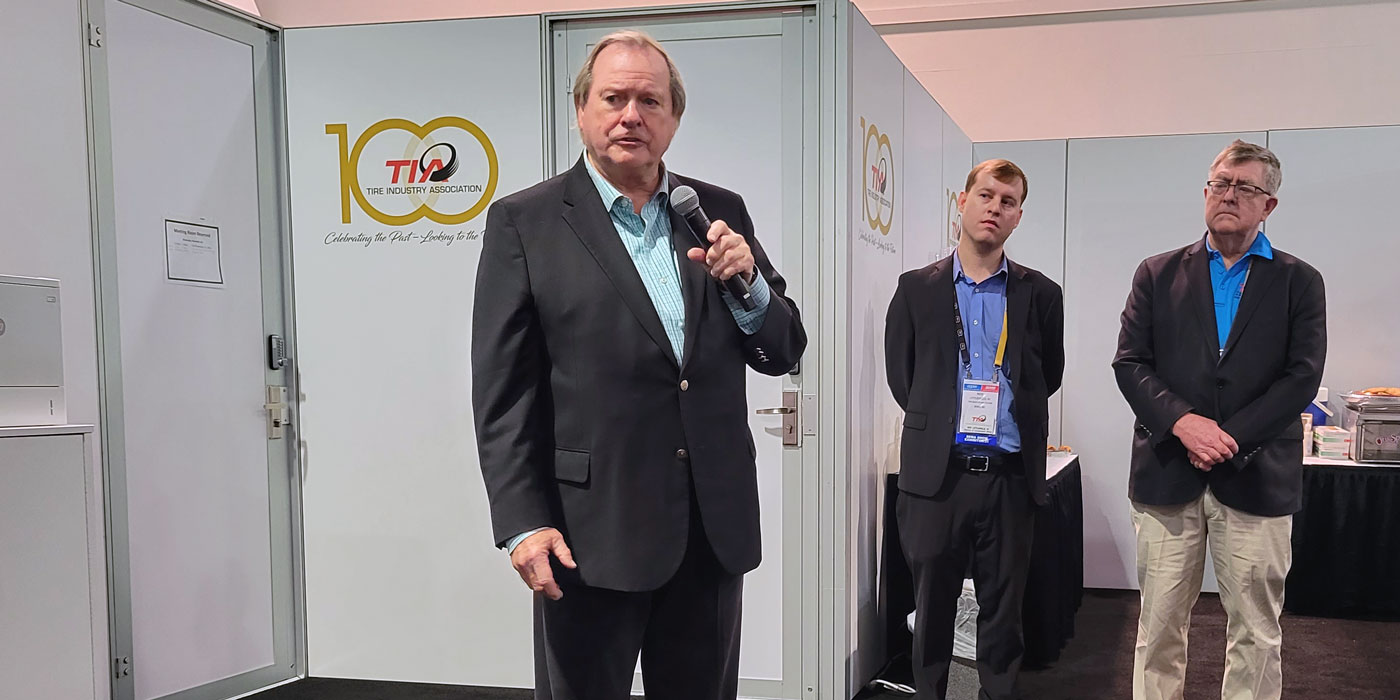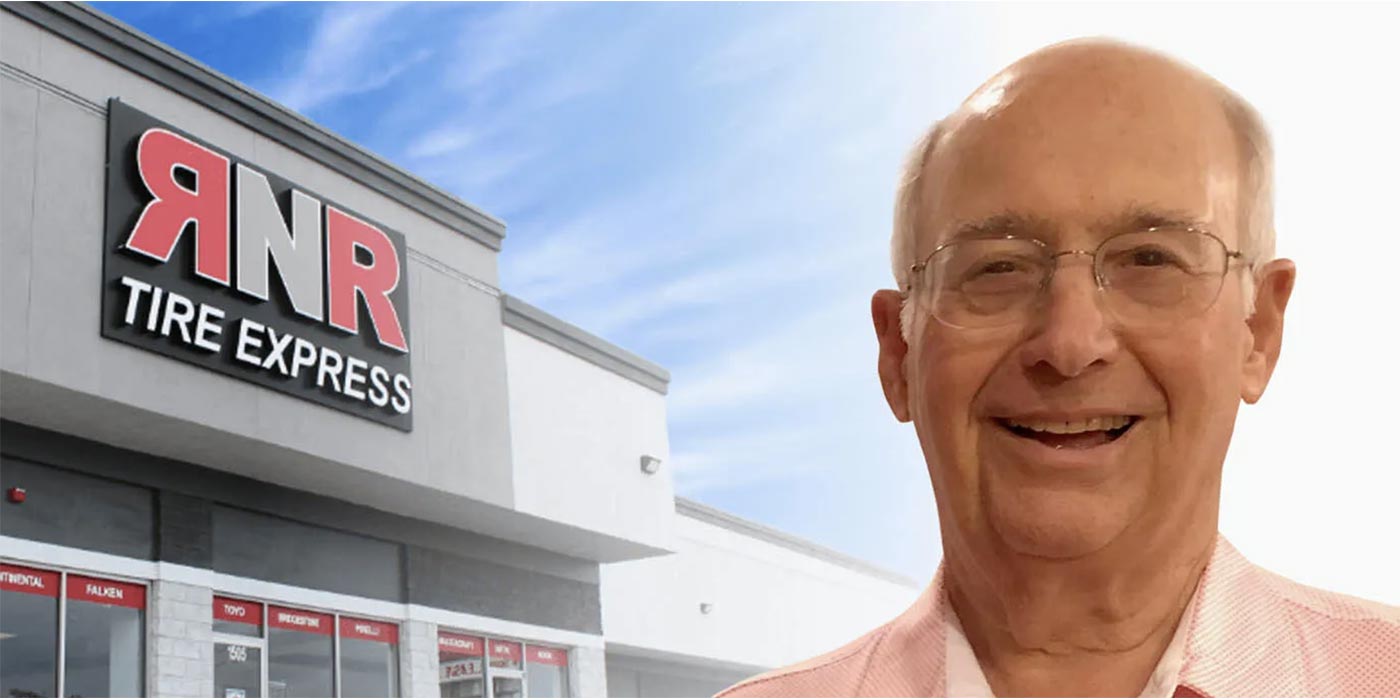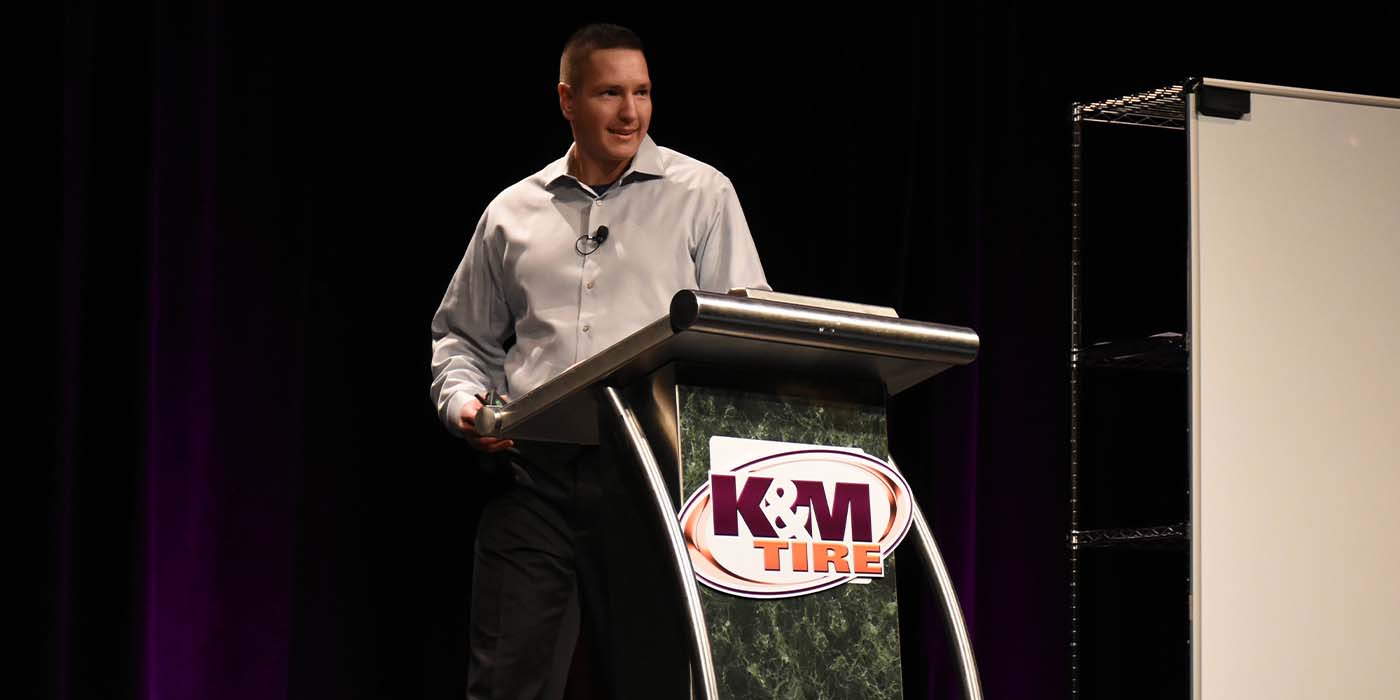The past couple of decades have seen accelerated improvements in tire industry manufacturing, spurred by the increasingly high standards of consumers, OEMs, and government regulators. Increased reliance on automation technologies and the construction of new factories that facilitate automated processes are some of the ways that tire manufacturers are meeting increasing global demand, heightened environmental regulations and consumer labelling requirements.
A new market report from the tire experts at Smithers Rapra forecasts global tire manufacturing will grow nearly 4% per year through to 2022, driven by increased demand, tire innovations, and continuing capital spending and capacity expansion by tire suppliers.
“The tire industry currently is in the middle of a boom cycle, both with respect to capital spending and net capacity additions,” said Arthur Mayer, author of The Future of Tire Manufacturing to 2022.
Developments affecting tire plants and manufacturing processes include the uptake of new vehicle powertrains, logistical burdens, the emergence of new markets, mergers and acquisitions, and the increased value and scarcity of real estate. Tire market drivers with direct impact on manufacturing include environmental and tire regulations, changes in materials and tire designs, and demands on tires.
These factors are adding significant pressure to innovate tire manufacturing as a whole, as well as individual process steps – such as mixing, tire building, and curing. For years a slow-changing and conservative environment, change in tire manufacturing is accelerating, with trends such as outsourcing, material use minimization, plant specialization, and geographic location changing the structure and footprint of production. Meanwhile technological innovations like further automation, tire modeling, equipment innovations, RFID/smart factories, and tire testing are transforming the process too.
Mayer explains, “Overall, industry capacity stands at approximately 2.4 billion units, and on a net basis global capacity is expected to grow nearly 3% per year over the forecast period, slower than capital spending and production and demand growth. Rationalization of some overcapacity in certain markets (like China) and likely increases in capacity utilization contribute to this difference.”
Technical Innovation
The five major process areas in tire manufacturing each have their dynamics and potential for evolution over the next five years. Overarching trends include automation and outsourcing one or more of the processes – prior to tire building.
1. Compounding and Mixing
The major trends in this area are automation, outsourcing, materials science and new processes. This area offers the biggest opportunity for efficiency improvements and could, potentially, be entirely outsourced by 2022.
2. Component Preparation
Automation and quality control are key trends for component preparation, as manufacturers attempt to further increase efficiency in this segment.
3. Tire Building
The industry is increasingly adopting automation, though primarily in the developed world. Over the next five years, further progress towards a fully automated, advanced manufacturing environment is expected though this will need to occur simultaneously with improvements in uniformity, cycle time, and accuracy.
4. Curing
This is the most critical step in the process and curing is still the major bottleneck in almost every tire plant. As the industry seeks improvements in mold release and cleaning, as well as incorporating soft rubbers and advanced tread patterns, specialized manufacturing requirements are the major trends in this segment. Incremental advances in equipment and materials are expected to improve tire quality and reduce cycle time across 2017-2022.
5. Final Finishing, Inspection and Testing
Improvements in automated data analysis technologies are anticipated to supplement the manual inspection, physical and x-ray testing that are the current industry standard. Additional automation will see increased error reduction and provide cost efficiencies.
Other, more high-level technological innovations affect the fundamentals of tire design and plant operation. The pursuit of total automation continues, as illustrated by the “advanced” or “smart” manufacturing initiatives (also known as Industry 4.0), and pioneering of artificial intelligence. Digital tire modeling promises to accelerate tire development and optimize the balance between the three points of the Magic Triangle (rolling resistance, wear life, wet grip). RFID and sensor technology are already well integrated into manufacturing and logistics but continued improvements are expected to lead to lifetime traceability and data management and the development of a truly ‘intelligent’ consumer tire.
Tire Supplier Activity
The changes in tire materials and designs, the need for greater efficiencies and the development of appropriate and advanced tire process machinery is helping sustain and grow capital spending by tire companies across the globe. This is in addition to the need to optimize and update capacity to be closer to key customers and markets. Overall, the global tire industry is spending approximately $13.4 billion on plant and equipment in 2016, and is expected to grow the figure through 2022 to keep pace with changes in the tire industry. This will happen both in manufacturing technologies, and in terms of end use and regional demand growth
The top echelon of tire producers have been relatively stable in recent years; but mergers and acquisitions have contributed a great deal to the advancement and standardization of production systems over the past several decades. This culminated in the recent acquisitions of Pirelli by ChemChina and CGS/Mitas by Trelleborg. There is likely to be future activity of this kind, as companies seek manufacturing and distribution efficiencies, R&D capacity, and improved market access. This will further spread and accelerate the diffusion of manufacturing evolutions across end-use sectors and geographic regions.
Regional Perspectives
For logistical and commercial reasons, tire manufacturers often establish local factories in their most important sales areas. Raw material prices are very similar all over the world, but labor and energy costs vary by region or country. Producers are increasingly finding that proximity to major customers, whether vehicle OEMS or even replacement tire buyers can be advantageous.
Asia-Pacific continues to be the leading region in terms of capacity, production, demand, exports, and growth prospects. This is driven by the enduring ascendance of the Chinese market as well as potential technology breakthroughs, like liquid phase mixing, that may boost the country’s competitiveness. In Japan, Bridgestone is pioneering the deployment of artificial intelligence in tires.
Europe is the second-largest producing region, and remains critically important as a technology and value-added/advanced manufacturing leader. Despite some doubts about the future of the EU, the region is likely to continue to lead the way on regulation – specifically with regards to labeling – and manufacturing standards.
North America is another mature market, but has become a magnet for foreign investment in local capacity. Kumho’s long-delayed but highly anticipated automated plant in Georgia is a good example.
Central and South America is primarily a tire consuming area, but is still the target of new manufacturing investment. This is also true of the Middle East and Africa, where the opening of post-sanctions Iranian market appears underway and stabilizing oil prices may promote the tire market in oil-producing states, despite on-going fears of regional instability.
These trends are examined, qualified and quantified in depth, new in the Smithers Rapra market report The Future of Tire Manufacturing to 2022.

